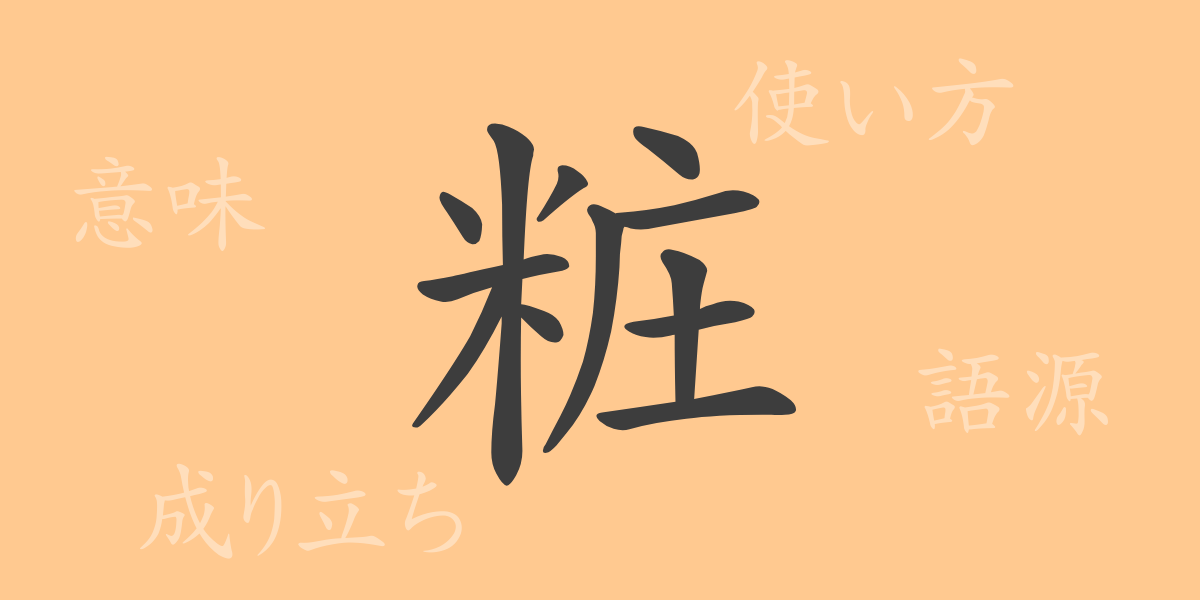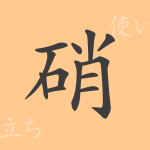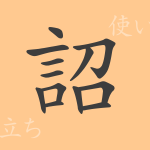The depth of Japanese language is often represented through its common use kanji, one of which is “粧(しょう).” This article delves into the historical background, meaning, and usage of “粧,” as it plays a significant role in our everyday life. Let’s step into the world of “粧,” which symbolizes beauty and the art of enhancing one’s appearance.
Origins of 粧(しょう)
The kanji “粧” traces its origins back to ancient China. It is related to the character “床,” initially meaning items laid on the floor, such as decorations. Over time, it evolved to signify the act of adorning oneself, particularly the cosmetics applied by women to beautify their face and body.
Meaning and Usage of 粧(しょう)
“粧” is predominantly associated with beauty and decoration. It refers to cosmetics, the act of applying makeup, and grooming in general. It can also metaphorically denote efforts to beautify or embellish something.
Pronunciation, Stroke Count, and Radical of 粧(しょう)
The kanji “粧” has specific readings and elements:
- Pronunciation: The on’yomi (音読み) is “ショウ”; there are no common kun’yomi (訓読み).
- Stroke Count: “粧” consists of 12 strokes.
- Radical: The radical is “rice” (米).
Phrases and Idioms Using 粧(しょう) and Their Meanings
There are numerous phrases and idioms that include “粧,” reflecting the Japanese values towards aesthetics and attire:
- 化粧 (けしょう): The act of applying makeup to enhance facial beauty.
- 粧製 (しょうせい): The process of beautifully finishing a product.
- 扮装 (ふんそう): Dressing up or applying makeup to impersonate another person or character.
Summary on 粧(しょう)
The kanji “粧” embodies a rich connotation associated with beauty and adornment. Its use extends beyond cosmetics and beauty, to various contexts of embellishment. As a common kanji in Japanese, “粧” is deeply rooted in our language and culture, reflecting the intricacy and aesthetic sensibilities of the Japanese language.

























